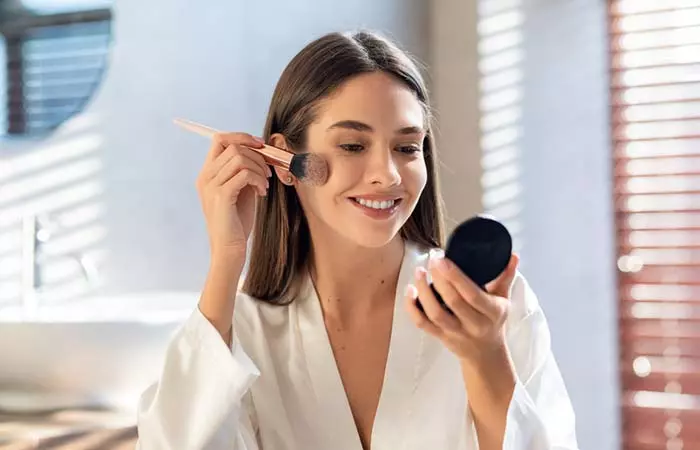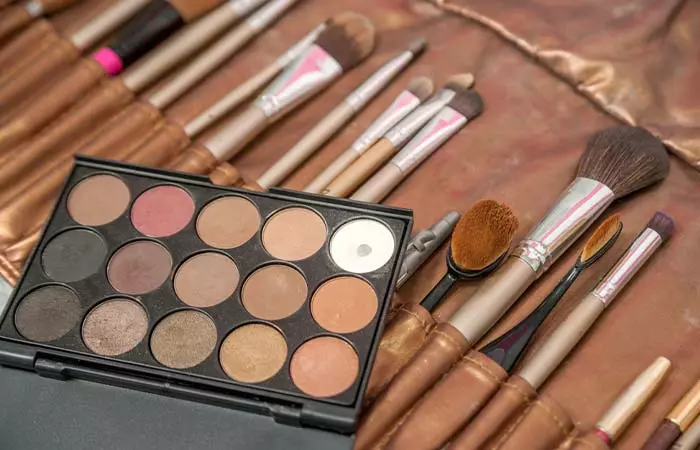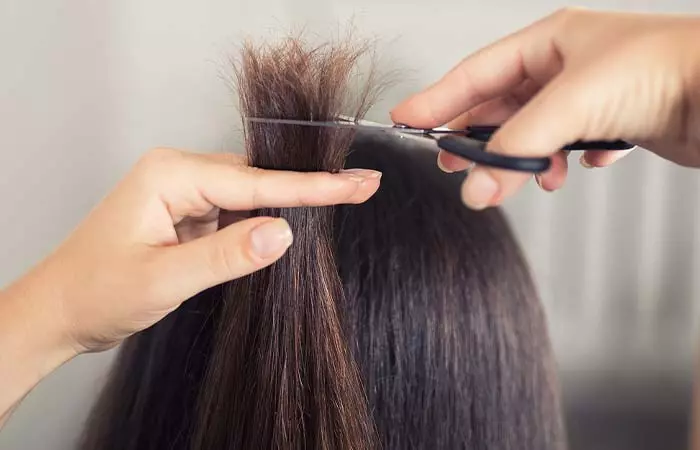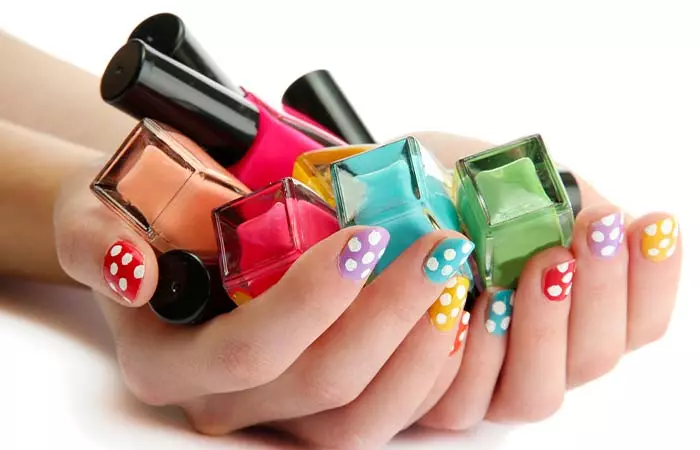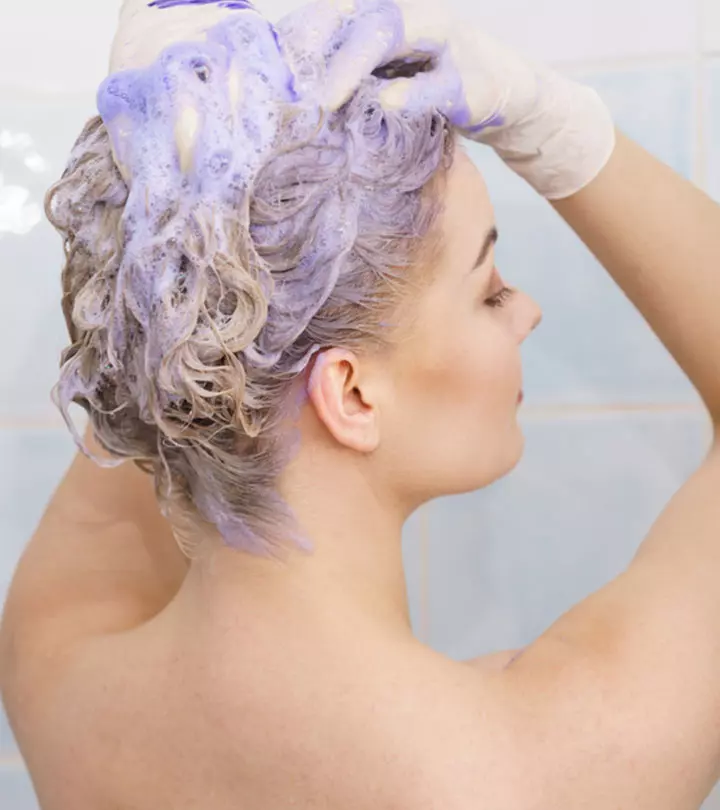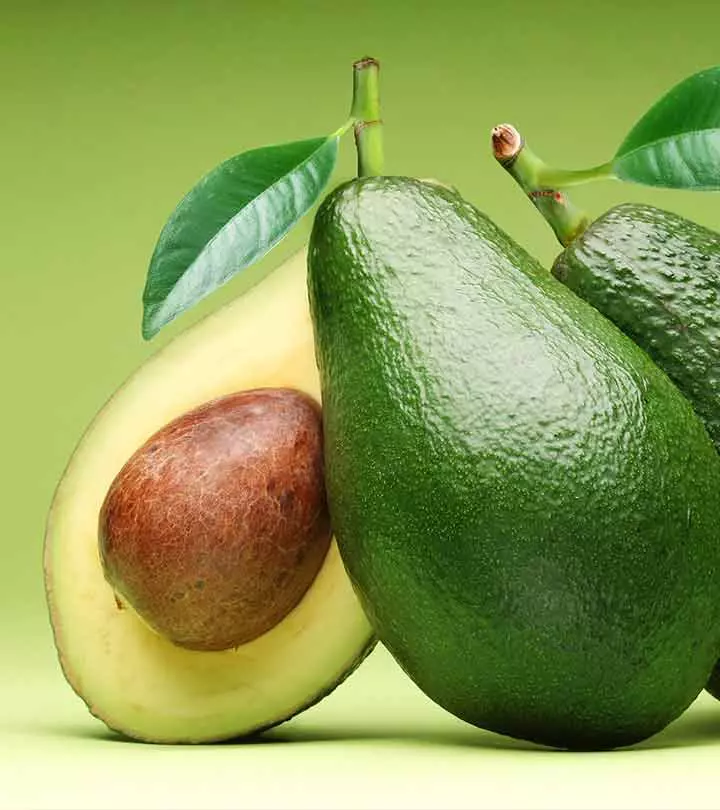11 Common Beauty Myths You Need To Stop Following Right Now
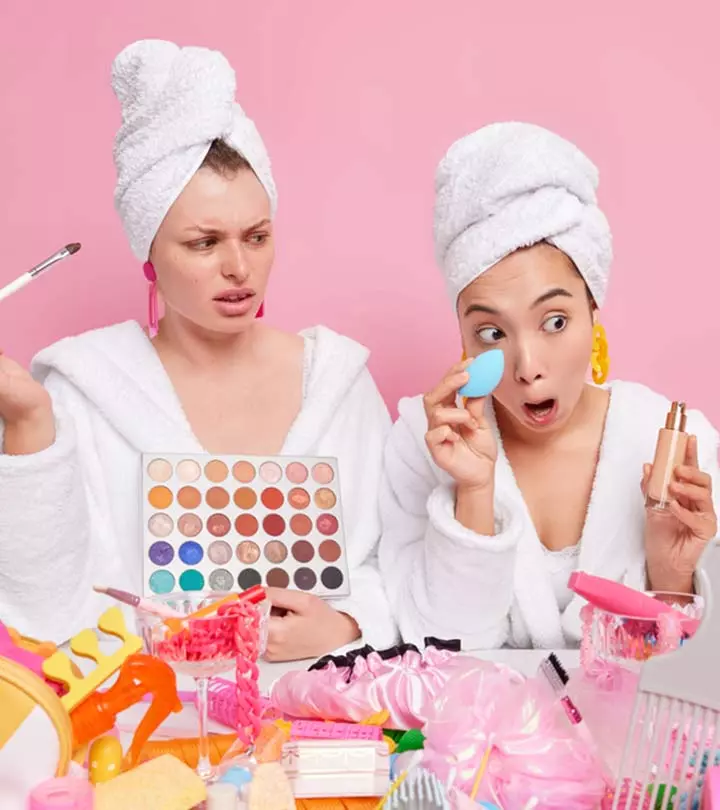
Image: Shutterstock
Remember, when you believed that trimming your hair would make your hair grow faster? Or that shaving was making your body hair coarser and thicker? Now that we have the internet to check the facts, it’s easier to filter the facts from the myths. However, this is easier said than done, especially considering the number of myths that we have been fed through generations. Here are some of the common beauty myths that most of us are guilty of believing. Read on to know them all.
In This Article
Myth 1: Wearing Makeup All Day Can Ruin Your Skin
Makeup itself is not the culprit for skin damage; rather, it is the improper removal of makeup before bedtime that causes pimples and rashes. During the day, the skin can benefit from the use of modern day cosmetics because of their UV filters, hydrating, and protective capabilities.
Myth 2: Moisturizing Doesn’t Prevent Wrinkles
There are several anti-wrinkle products in the market that work to moisturize the skin. The most important thing to remember is that the cream you use should have UV filters, vitamins, and antioxidants.
Myth 3: Hypoallergenic Suits All Skin Types
Most commonly allergic chemicals, such as alcohol, are still included in “hypoallergenic” cosmetics. Distilled water, on the other hand, has a pH that’s considerably closer to that of your skin, and therefore it may be better for your skin. That’s why it’s always smart to check the label, even before buying a seemingly safe product.
Myth 4: Face Exercises Can Prevent Wrinkles
The facial muscles are the only ones that link straight to the skin, hence regular exercise and stretching do not help reduce the appearance of wrinkles that have already formed.
Myth 5: You Can Sun Dry Your Pimples
The sun’s rays can be quite drying, but the body’s natural response is to produce even more oil, which then blocks the pores. In addition, a sun allergy, typically manifests as spots, can develop after prolonged exposure to ultraviolet rays without protection.
Myth 6: Removing Moles Is Harmful To Your Health
The term “mole” refers to a pigmented growth on the skin. Moles come in a wide range of hues and shapes. While most moles are completely safe, someone might develop into cancerous melanoma. That’s why it’s important to get rid of even seemingly harmless moles. There is no risk associated with this medical procedure.
Myth 7: A Uniform Tan Indicates Healthy Skin
Tanning is the body’s natural defense mechanism against harmful environmental factors. A healthy, uniform tan indicates that the skin has been harmed and is responding by producing melanin.
Myth 8: Wiping Your Face With Ice Is Healthy
Because extremely cold temperatures can be harmful to the skin, not everyone should use ice wipes. This can cause an interruption in blood flow. Spider veins and puffiness are other possible side effects. Loss of suppleness is another consequence of less active sebaceous gland activity. Those with dry skin should avoid this step altogether, while those with normal skin shouldn’t use it too frequently. You can get greater results from other facial cosmetics than ice.
Myth 9: Hair Grows Quicker If Trimmed Regularly
No matter how frequently or rarely it is trimmed, hair continues to grow at the same rate of roughly 0.40 inches each month.
Myth 10: Brushing Your Teeth After Every Meal Is Healthy
Recent studies have shown that cleaning your teeth immediately after eating is not only ineffective but can actually cause damage to your teeth. When acid escapes into the mouth, it begins to dissolve the tooth enamel. Tooth enamel may deteriorate more rapidly if you brush too soon after eating.
Myth 11: Nail Polish Prevents Your Skin From Breathing
The cells that make up our nails have already died. When it comes to nutrition and oxygen, nails don’t “breathe” in the traditional sense since they get those things directly from the blood instead.
Inculcating positive routines into our daily life is essential. Our daily and physical lives are shaped by our habits, from the beverage of choice in the morning to the edge of the mattress on which we sleep. Here are some routines that may keep your skin looking radiant and young.
- Wash Your Face
When you wash your face, the dirt, oil, and germs that have accumulated on it are washed away, making your pores look smaller. You ought to cleanse your face first thing in the morning to get rid of sleep makeup and oils, and then again at night to get rid of the day’s debris and grime.
- Breathe In Fresh Air
Air pollution, cigarette smoke, and synthetic scents all contribute to the formation of free radicals and other compounds that are detrimental to human skin. If you can’t avoid them, use harmless products to help restore your skin. If you want to repair the harm that contaminated air has done to your skin, try using an all-natural, organic face wash along with other products rich in antioxidants.
- Consume Antioxidants
Our skin and body are vulnerable to free radical damage. Fried meals, alcohol, and pesticides all contribute to their production. Antioxidants, on the other hand, are like natural superheroes in that they can wipe out free radicals. Dark chocolate, berries such as blue raspberries, strawberries, and walnuts are only a few examples of antioxidant-rich foods.
So now that you know all the myths that are coming between you and your beautiful skin, nothing can stop you from looking your best. So what is your secret to beautiful skin? Let us know in the comments section!
Sources
- Sunscreens And Photoprotection, NCBI
- Water, Hydration and Health, NCIB
- Clinical Presentation and Staging of Melanoma, NCBI


